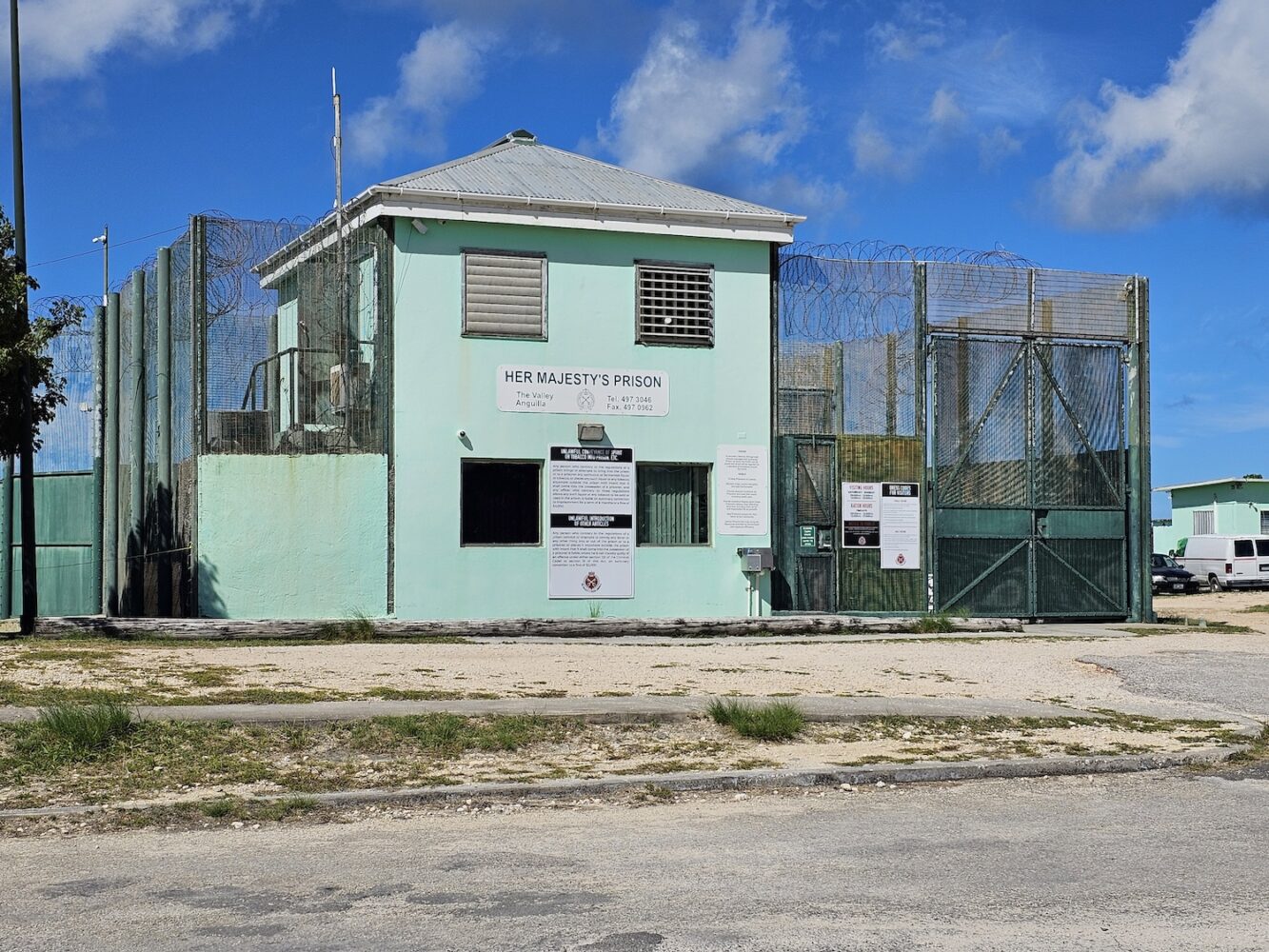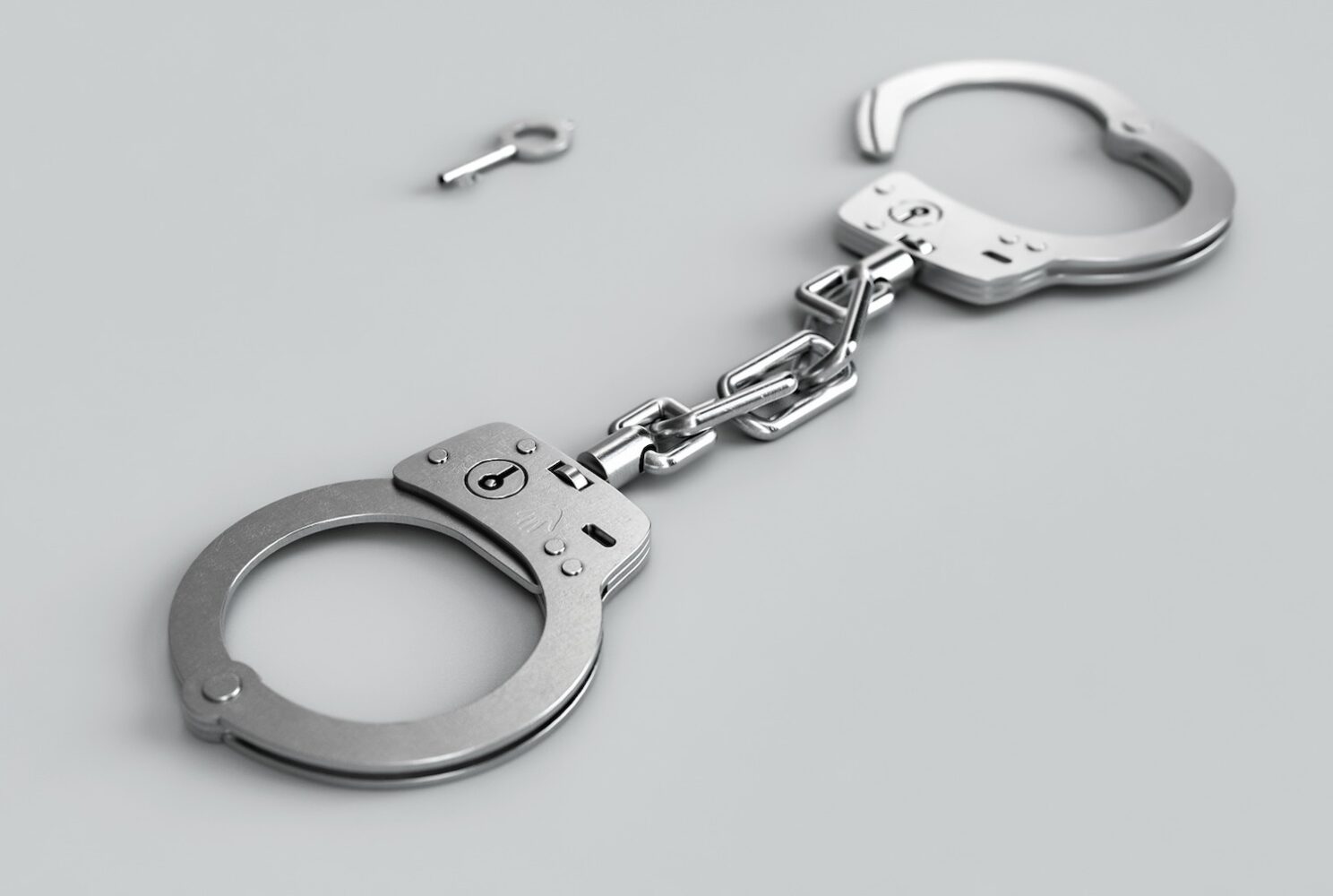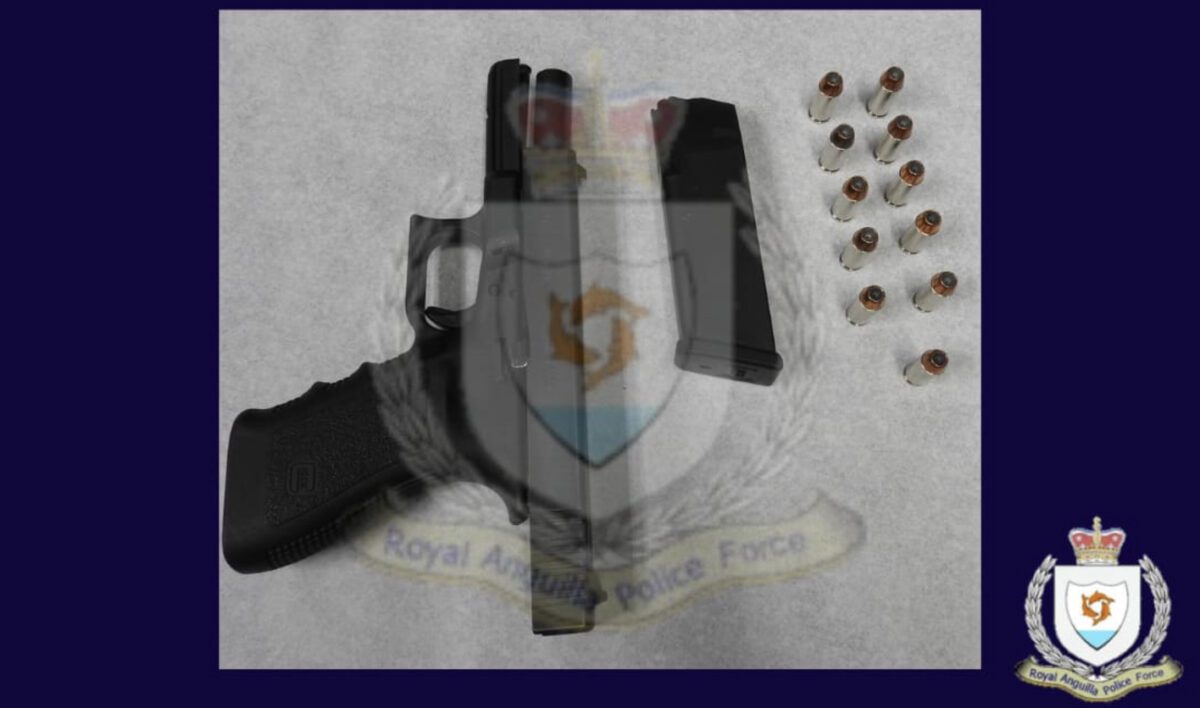The Anguilla House of Assembly has approved key changes to three criminal justice laws which allow for accused or convicted offenders to be fitted with electronic monitors.
The monitors can be placed on anyone aged 12 and over, and will determine if the individual is complying with court-imposed conditions or track their location.
The updates to the Parole of Prisoners Act, the Probation Act, and the Bail Act set out the conditions under which this can be imposed.
During the presentation of the bills to members during the latest sitting of the assembly on 28 January, social development minister Dee-Ann Kentish-Rogers voiced her support.
“Electronic monitoring enhances the safety of all probation officers or law enforcement officers and the broader communities within which they operate,” she said.
“With the increasing incidences of gang and gun crime, electronic monitoring serves as a critical tool for managing high risk offenders.”
A parole condition
Attorney General Kurt De Freitas presented the Parole of Prisoners (Amendment) Act, 2025 which allows electronic monitoring to be required as a condition of parole.
The bill outlines when monitoring can be imposed for both adults and children, and also makes it an offence to tamper with, destroy, or let the device run out of power.
De Freitas explained that, under the amended law, electronic monitoring can be imposed on adults for a maximum period of 18 months.
It cannot be placed on children under 12, but can be applied to those aged 12 to 17 for up to 12 months.
“I should state and and emphasise that the use of electronic monitoring is not to be utilised as a punitive measure or to be viewed as a punitive measure,” the attorney general stressed.
“It is simply that electronic monitoring is intended to be used to ensure compliance with specific conditions attached to a release on licence.”
A lesser burden
Social development minister Dee-Ann Kentish-Rogers presented the bill for the Probation (Amendment) Act, 2025, which also allows for electronic monitoring of convicts on probation.
“Electronic monitoring has been proven to be an effective offender management tool in multiple jurisdictions, contributing significantly to the efficiency of criminal justice systems,” she said.
“For instance, electronic monitoring enables effective monitoring of individuals on bail, reducing the number of offenders who are remanded on custody pre-trial.”
She said jurisdictions such as the United Kingdom and Canada have reported success in decreasing pre-trial detention rates by using electronic monitoring to enforce bail conditions.
“This not only alleviates the burden on correctional facilities, but also helps maintain family and community ties for offenders awaiting trial,” she said.
Enhancing safety
Electronic monitoring has been adopted in Sweden and New Zealand to aid the rehabilitation and reintegration of offenders by allowing them to be monitored in their communities under supervision.
The minister added that in the US, electronic monitoring has been proven to be a cost effective method of monitoring offenders compared to incarceration, reducing the reliance on human resources.
Similar programmes in South Africa and Jamaica have allowed probation and law enforcement officers to monitor offenders without exposing being exposed to dangerous settings, the minister said.
She went on to say the electronic monitoring system matters because it is particularly effective for ensuring compliance with curfews, exclusion zones and other court ordered conditions.
Alerts generated by breaches can be directed to Anguilla’s centralised emergency control centre to enable timely intervention, Kentish-Rogers added.
A deterrent
Premier Ellis Webster, who stood in support of the bill, clarified that those with the monitors, will be allowed to visit religious centres, attend educational institutions, and participate in work activities.
“I think that this is an important step forward as we do rehabilitation, try to reduce recidivism – young people returning to prison or to areas where they’re all incarcerated,” he said.
“We also want to use this as a deterrent, so that our young persons who may run afoul of the law, that they understand that these restrictions are necessary when they do.”
Referencing the Gun Crime and Violence Committee set up in 2019, he said: “We’re concerned about the increase in gun crime and violence and gang activity.”
He added: “There were recommendations made, and we are taking steps to implement those recommendations – this being one way that we can start in the right direction.”
A bail condition
The attorney general moved the third bill for the Bail (Amendment) Act, 2025, which also allows for electronic monitoring of those on bail.
“The court will normally deny an application for bail where the court is not convinced that the applicant will comply with bail conditions,” he said, adding that the law update may change that.
He said that for adults, electronic monitoring will only be imposed as a condition for bail where the court is satisfied that without an electronic monitoring order the person would not be granted bail.
De Freitas explained that it may only be imposed on a child between 12 and 17 where the child is charged with or has been convicted of a violent or sexual offence.
Or where the child is charged with or has been convicted of one or more imprisonable offences, and has a recent history of repeatedly committing such offences while remanded on bail.
All bills underwent a second reading, were discussed in committee, and then passed through a third reading before being voted into law.





